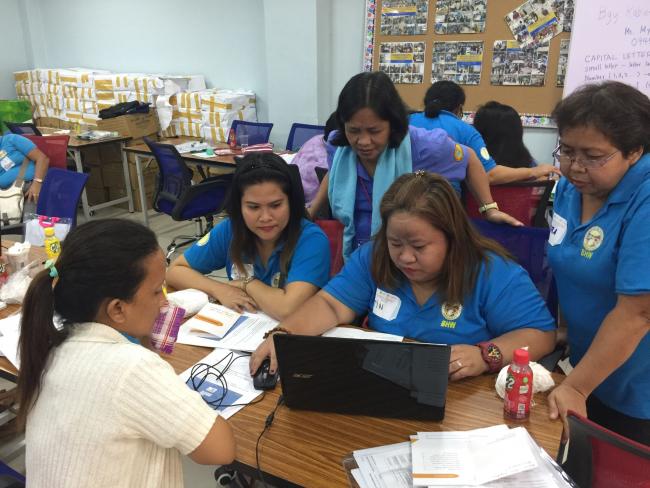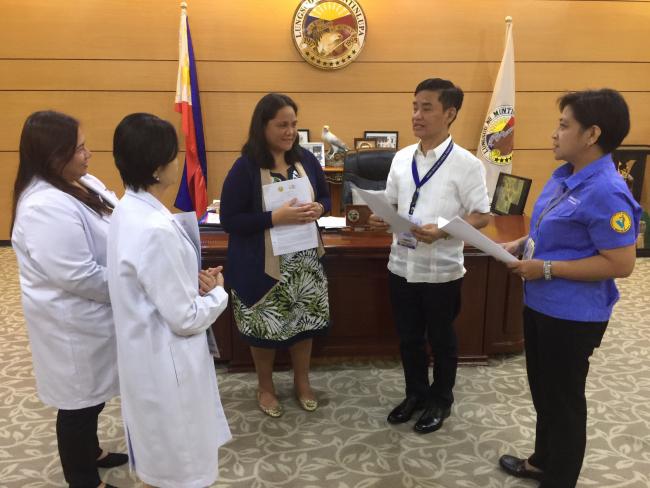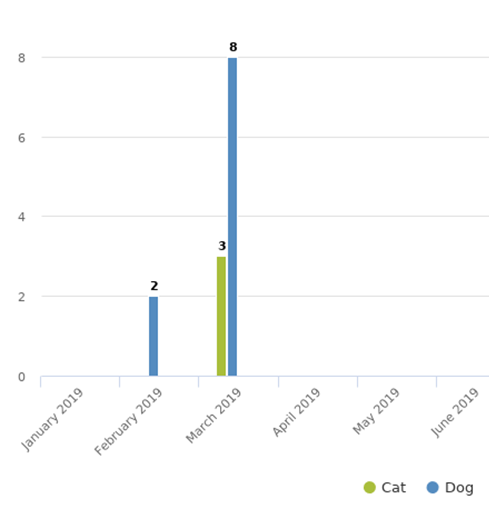Ready…Set…Go…Online rabies surveillance tool goes live in the Philippines
Philippine community health teams working in rabies prevention have implemented the first-ever, real-time use of GARC’s Community Based Rabies Surveillance (CBRS) tool. As of February 2019, local community health workers in Muntinlupa are now actively using this online software tool that is designed to provide simple, yet comprehensive, surveillance of both human and animal rabies exposures. Prior to its pilot launch, the CBRS tool underwent testing and with training of professionals at multiple levels before the software was accepted for routine use.
Ready…
Use of the CBRS as part of the official rabies monitoring program in the Philippines had to be first approved by the government and ethics boards. In the first quarter of 2019, the mayor of Muntinlupa, Jaime Fresnedi, and GARC’s Dr. Sarah Jayme signed a memorandum of agreement to begin officially implementing the CBRS in the city’s rabies prevention programs. Mayor Fresnedi stated that the CBRS project could increase the detection of animal rabies cases in the short-term, but the long-term benefit for rabies elimination would be invaluable.
Two national ethics boards - the Institutional Review Board and Institutional Animal Care and Use Committee (Research Institute for Tropical Medicine) - approved the project, to ensure adherence of the CBRS field implementation to the ethical regulations for humans and animals .
Set…
Bringing the new software tool onboard also required GARC to train those health care workers who would be actively using the database. Ninety-five barangay health workers underwent a short training on their role in the CBRS, their city’s rabies status, and detecting and reporting high risk events.
Health care workers also learned to use the CBRS database for online reporting of suspected rabid animals as well as high-risk bite incidents. Feedback from health workers post-training indicated a high interest in monitoring rabies in the community and that they were excited about using online reporting for the first time.
To complete the early warning and rapid response system of the CBRS, the Barangay Rabies Coordinators (who serve as animal health village volunteers) were trained to respond to suspect rabid cases in animals, how to handle animals humanely, and how to monitor animals in quarantine.
Local medical personnel (including veterinarians, epidemiologists, doctors, nurses and laboratory diagnosticians) were also trained to respond to high-risk bite incidents and suspect rabid animals using the CBRS database. What is unique about the CBRS is its capacity for real-time reporting and sharing of information between the veterinary and medical sectors to trigger an immediate field response to prevent and control rabies.
Go…
Field implementation of the CBRS started on February 15, 2019 wherein the database went ”live”. By the end of March 2019, a total of 13 suspect animal rabies cases were reported; 10 of the suspect animals were dogs and 3 were cats. Philippine health teams also reported one high-risk bite patient and were able to provide immediate advice on when to seek healthcare while the biting animal was under quarantine. Active surveillance through the CBRS allows for highly suspect dogs to be observed even in the absence of a biting incident. The CBRS database also tracks negative, low-risk biting events that provide a baseline for rabies monitoring in the community. This provides the necessary evidence to report, through adequate surveillance, that no cases were detected–thus providing data towards the declaration of freedom in that area.
Contributed by Dr. Sarah Jayme, GARC Asia Representative


